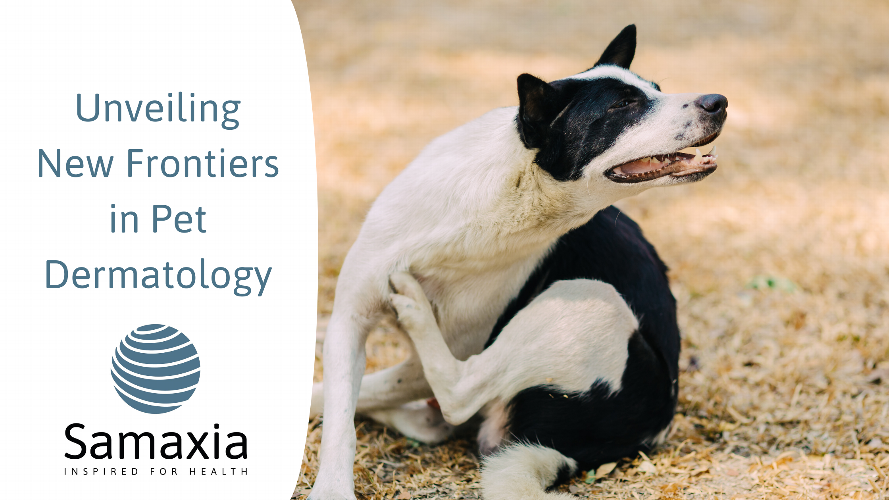Unveiling New Frontiers in Pet Dermatology: Introducing an article written by Davide Immediato DVM, PhD, GPCert (Derm), MRCVS
https://www.vettimes.co.uk/article/an-itchy-dog-diagnostics-and-importance-of-cytology/
Skin issues can drastically affect the quality of life for pets and their owners. Advances in veterinary dermatology are leading to more effective and less invasive treatments for these common ailments. Discover the latest insights surrounding pruritis in canine skin health.
Pruritus, or skin itching, is one of the most frequent complaints pet owners face, leading to countless veterinary visits each year. Recent developments in diagnostics and treatment offer new hope for pets suffering from chronic skin conditions. This article explores innovative approaches to managing pet dermatology issues, emphasising the importance of understanding the underlying causes of skin disorders.
The Role of Cutting-Edge Diagnostics
Effective treatment begins with accurate diagnosis. Advances in cytology—the study of cells—enhance our ability to diagnose conditions swiftly and accurately. These developments help pinpoint the exact nature of dermatological issues, from allergies to infections, ensuring that pets receive the most effective treatment quickly.
Innovative Treatments on the Horizon
New treatments, such as targeted therapies and improved topical solutions, are making significant strides in the field. These advancements not only relieve symptoms more efficiently but also work at a deeper level to combat the root causes of skin conditions, reducing recurrence and improving overall skin health. By clicking on the link to the article by Davide Immediato, you will also see a section focusing on the use of Aliamides.
ALIAmides:
ALIAmides are a family of fatty acid amides sharing a common mechanism of action: the autacoid local injury antagonism (ALIA).
The cannabinoid receptors CB1 and CB2 are expressed on sensory nerve fibres, keratinocytes and mast cells. Treatment with topical cannabinoid receptor agonists has been observed reducing histamine-induced pruritus and vasodilation in humans. Palmitoylethanolamide (PEA) is an endogenous arachidonic acid-derived fatty acid amide that targets the peroxisome proliferator-activated receptor (PPAR)-alpha. PEA has a cannabinoid-like effect, binding directly to CB1 or CB2. PEA was also shown to activate and then desensitise one of the principal neuronal receptors involved in itch transmission, the transient receptor potential vanilloid (TRPV1). In a recent study, PEA was used in dogs with non-seasonal mild to moderate atopic dermatitis and mild to severe pruritus levels, and was found to significantly reduce pruritus in dogs
Improving Pet and Owner Quality of Life
The impact of these dermatological advancements extends beyond physical health, significantly improving the quality of life for both pets and their owners. Effective management of skin conditions means fewer symptoms, less discomfort for pets, and reduced stress and worry for pet owners.
Learn More
To delve deeper into the specifics of these dermatological advancements and explore how they can benefit your pet, read the full document. Unlock the potential for a happier, healthier life for your pet with the latest innovations in pet skin health.
https://www.vettimes.co.uk/article/an-itchy-dog-diagnostics-and-importance-of-cytology/

